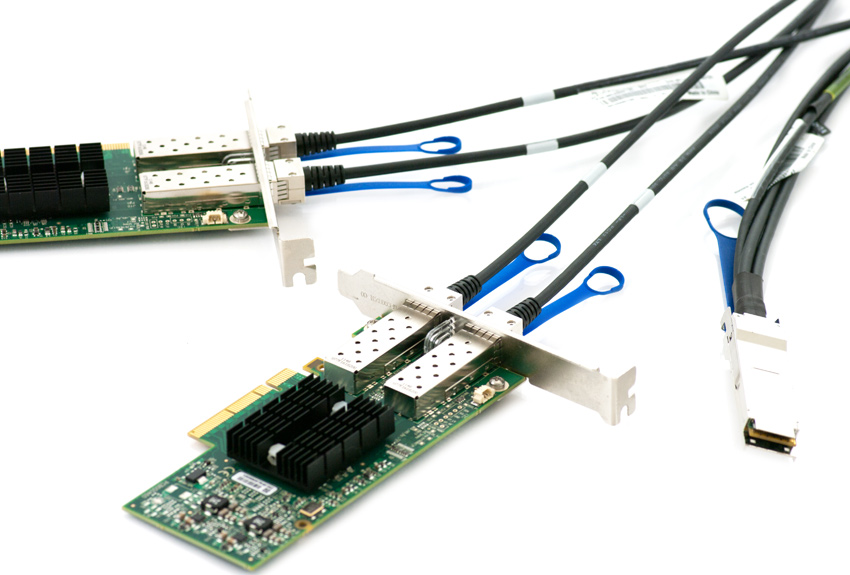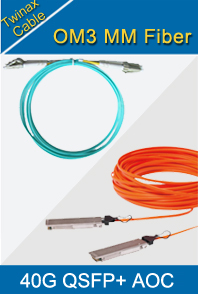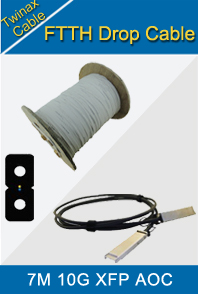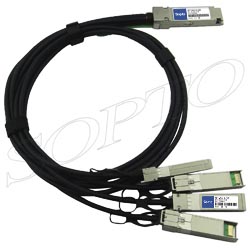-

- Sopto Home
-

- Special Topic
-

- Twinax Cable Knowledge
-

- How to Correctly Run cables On Servers in a Data Center?
Twinax Cable Knowledge
- Cable Labeling as Part of Data Center Management
- How to Correctly Run cables On Servers in a Data Center?
- 4 Realities You Should Consider 10G Ethernet for Your Business
- Is it finally the end of copper?
- Why We Need Both 40G and 100G Ethernet Cable?
- What is Twisted Pair Cable?
- Benefits of Twisted Pair Cable Construction
- Why Copper Is Used in Cables?
- A Brief Look at Ethernet Cable Construction
SOPTO Special Topic
Certificate



Guarantee
Except products belongs to Bargain Shop section, all products are warranted by SOPTO only to purchasers for resale or for use in business or original equipment manufacturer, against defects in workmanship or materials under normal use (consumables, normal tear and wear excluded) for one year after date of purchase from SOPTO, unless otherwise stated...
Return Policies
Defective products will be accepted for exchange, at our discretion, within 14 days from receipt. Buyer might be requested to return the defective products to SOPTO for verification or authorized service location, as SOPTO designated, shipping costs prepaid. .....
Applications
 Twinax Cables are mainly used with PCI or PCI-E Card for the short distance interconnection in the server room.
Twinax Cables are mainly used with PCI or PCI-E Card for the short distance interconnection in the server room.
SOPTO Products
- Fiber Optic Transceiver Module
- High Speed Cable
- Fiber Optical Cable
- Fiber Optical Patch Cords
- Splitter CWDM DWDM
- PON Solution
- FTTH Box ODF Closure
- PCI-E Network Card
- Network Cables
- Fiber Optical Adapter
- Fiber Optical Attenuator
- Fiber Media Converter
- PDH Multiplexers
- Protocol Converter
- Digital Video Multiplexer
- Fiber Optical Tools
- Compatible
Related Products
Performance Feature
Stable Transmission Speed
Reliable Transmission
Various Length Selection
Wider Operating Temperature
Good for HPC
Good for Data Center
Twinax Cable Knowledge
Recommended


How to Correctly Run cables On Servers in a Data Center?
Question:
How do you deal with different cable lengths, where do you put the slack, yet keep it orderly? What's important to keep the cables easily accessible for maintenance?
Answer:
From experience we don't use the "cable management arms" because they just get in the way and impede airflow. That's just us though, you'll find lots of arguments for and against and it is not a matter of right or wrong, it's matter of "right for you".
Cabling:
- I like the idea that network cabling runs down one side and power the other where possible. Don't let this become a religion if your needs make this impossible, however. Sometimes you have power requirements that make this impossible - whatever else you do, you should maintain separation of power and data cables as much as possible and certainly never bundle them together.
- You need to label all cables, both ends. Have a demo labeller available at all times and don't be shy about using it to label anything that might be confusing.
- Plan cable runs, and try and use cable of the right length.
- Keep different types of network cabling separate. Don't mix bundles of different kinds of cables.
- Remember bend radius - don't pull cable tight.
- You will need a lot of cable ties, both velcro and plastic, use the plastic strips to hold cable that you expect to be there for long term access, and use velcro for stuff that might be changed. Remember that you're not just keeping the place tidy with these ties, you're supporting the cable too.
- Don't "pinch" cable too tightly with plastic ties either, remember that you can damage the cable both by pinching it and by cutting the wrong thing later if you've made it just too gosh darn tight to get your cutters around just the plastic tie. And this could really ruin your day if its a power cable - data centres can be dangerous places - no really, I've had electric shocks twice (due to faulty equipment, not me cutting power cables) and trust me, it stops being funny when it starts being you.
- If you have a suspended floor, or overhead cable baskets, use them. They can be great for cable runs between cabinets, certainly much better than the cats cradles through the side panels I've seen. You'd only want stuff that was permanent done this way though and don't forget to label both ends.
Other considerations: Cabling can be more than just network and power cables, and good cabinet layout is more than just cabling.
- Think about where you will site SAN boxes, tape libraries and switches in a cabinet and plan around good access to those. (don't forget to keep tape libraries at a convenient height for changing tapes!)
- Don't forget to leave space for a KVM box plus monitor tray if you need one - and room to run cables for it of course.
- Make use of both sides of the cabinet - switches should go at the back of the cabinet.
- Whatever you do, remember airflow - cool air should come in at the 'front' of the cabinet and leave at the back. Don't install the servers the wrong way round and don't impede airflow.
- Think about how the cabinet will be used - do people need to access it frequently? Will changes be made to hardware on a frequent basis? Plan accordingly.
Most importantly of all
Whatever else you decide to do, decide to document it as a standard and stick to this standard. Being consistent is one of the most important things you can do.
Sopto supplies high quality copper cables, like SFP+ Twinax Cables, XFP to XFP Cables and so on with reasonable price for 10 gigabit Ethernet Data Center applications. For the newest quotes, please contact a Sopto representative by calling 86-755-36946668, or by sending an email to info@sopto.com. For more info, please browse our website.




